
As humans, we rely on a variety of food sources to maintain our health and vitality. We consume meat, vegetables, fruits, and grains, among other things. However, many animals are entirely plant-based in their diets, and they play an essential role in maintaining the delicate balance of ecosystems. From mild grazers to leaf-eating monsters, herbivorous animals come in all shapes and sizes, and their adaptations and ecological significance are truly astounding. In this article, we will explore the top 10 herbivorous creatures, their adaptations, and the incredible diversity of plant-eating species throughout the animal kingdom.
1. African Elephant
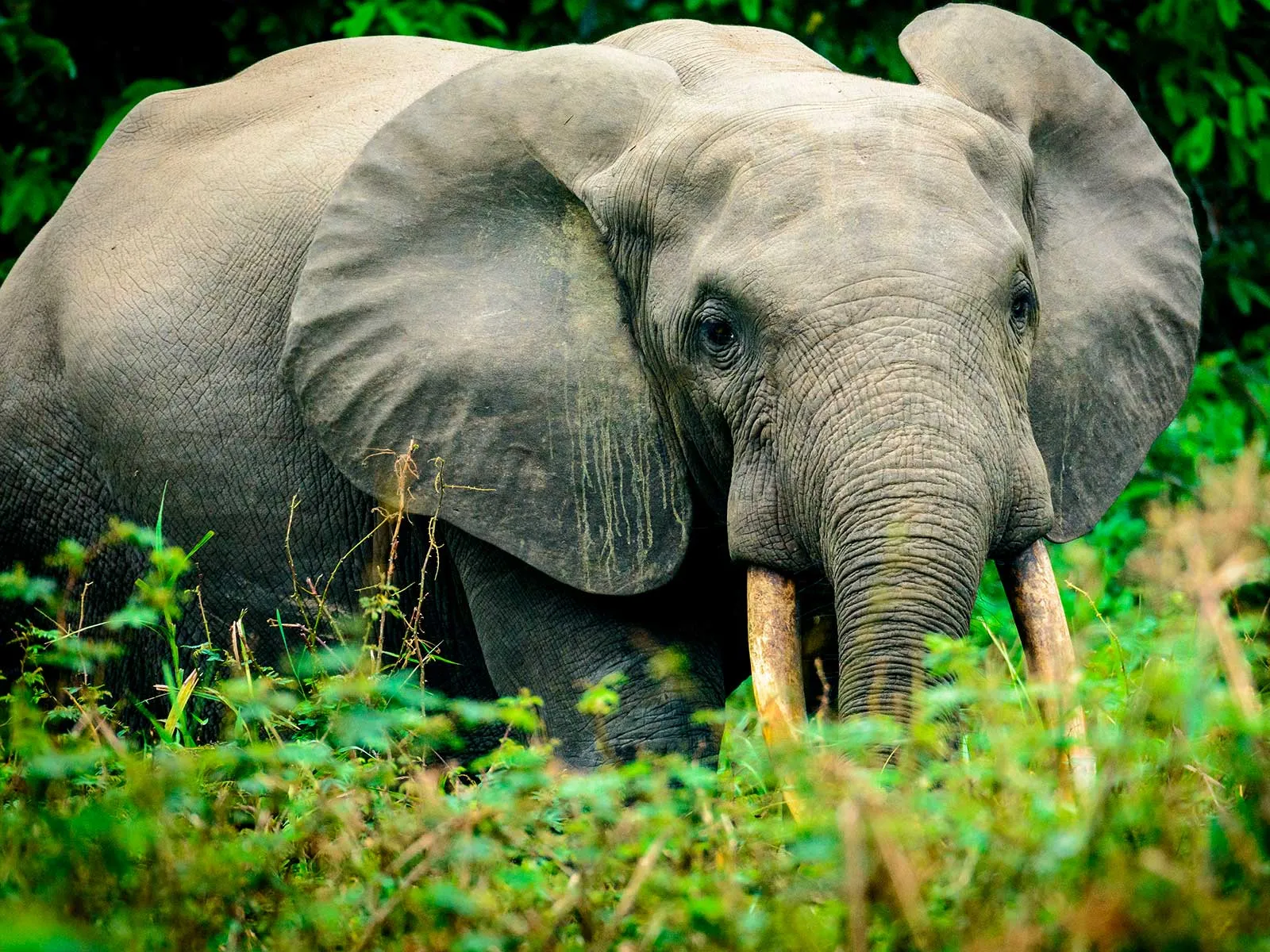
The African elephant is the largest land mammal on Earth, and it is a magnificent example of the power and beauty of herbivorous creatures. These majestic animals have adapted to a plant-based diet in remarkable ways. One of their most notable adaptations is their trunk, which allows them to pick and hold leaves, branches, and even fruits with incredible precision. With their powerful jaws and enormous molars, African elephants can efficiently chew and grind tough plant material, consuming up to 600 pounds of grass daily.
African elephants have a significant impact on their surrounding habitats through their herbivorous lifestyle. They aid in plant species regeneration by spreading seeds through their excrement as they migrate across their habitats. Additionally, they alter their surroundings by removing trees and creating clearings that promote the development of grasses and serve as habitats for smaller herbivores. The importance of herbivorous animals in preserving the harmony and biodiversity of their habitats is exemplified by the African elephant.
2. Gorilla
Gorillas are the largest primates and recognizable herbivorous creatures that inhabit the dense forests of central Africa. These gentle giants consume a range of plant material, including leaves, stems, fruits, and bark. Due to their strong jaws and well-developed molars, gorillas can eat tough plants and get the nutrients their large bodies require from their herbivorous diet.
Gorillas play a crucial role in their environment by passing undigested seeds in their feces, contributing significantly to the spread of seeds and encouraging forest regrowth. They also alter their surroundings through path clearance, opening up areas for plant growth and contributing to the overall health and diversity of the forest ecosystem through their social structures and sophisticated activities.
3. Koala
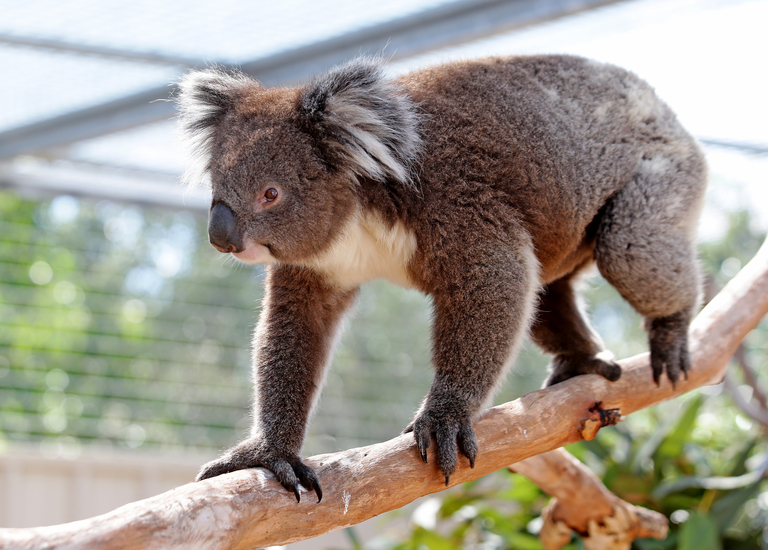
Koalas are iconic Australian animals known for their adorable appearance and unique diet. These marsupials subsist entirely on eucalyptus leaves, which are highly toxic to most other animals due to their high tannin content. Koalas have adapted to this diet by having an extremely slow metabolism and specialized digestive system that breaks down the toxic compounds in eucalyptus leaves.
Unfortunately, koalas face significant threats from habitat loss and disease, making them a vulnerable species. The importance of preserving the habitats of these herbivorous creatures cannot be overstated.
4. Giraffe
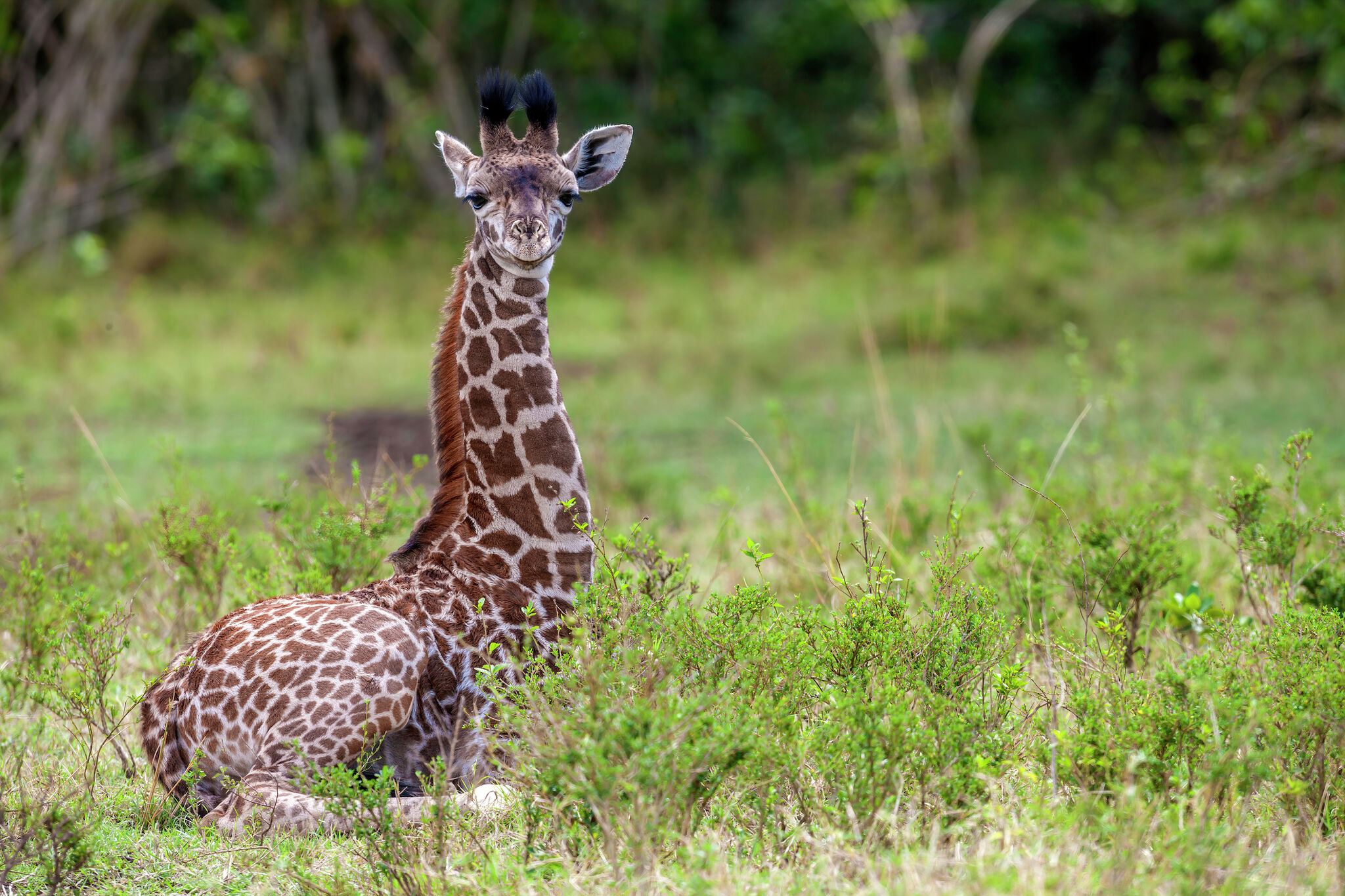
The giraffe is another iconic African animal recognized for its long neck and striking spots. These towering creatures rely solely on a plant-based diet, consuming leaves from acacia trees and other woody plants. Their long necks and tongues enable them to reach high branches and strip leaves with incredible efficiency.
Giraffes play a vital role in their ecosystem by controlling the growth of woody plants and creating clearings that promote the growth of grasses. Additionally, they aid in seed dispersal by consuming fruits and excreting the seeds in their feces.
5. Panda
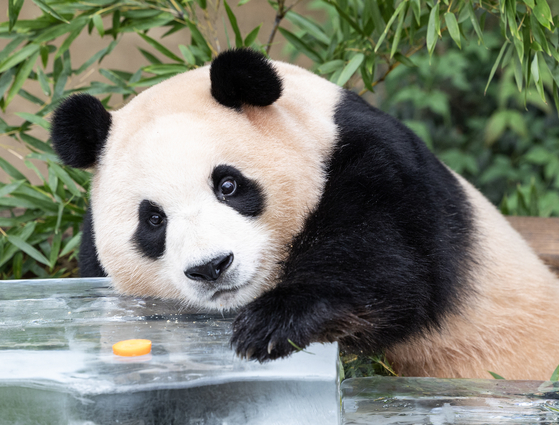
The giant panda is a beloved symbol of conservation and a fascinating example of herbivorous adaptation. These bears consume bamboo almost exclusively, relying on their powerful jaw muscles and specialized digestive system to break down the tough plant material.
Pandas play a crucial role in maintaining their habitat’s biodiversity by consuming bamboo, which promotes the growth of other plant species. Additionally, they aid in seed dispersal by consuming fruits and passing the undigested seeds in their feces.
6. African Buffalo
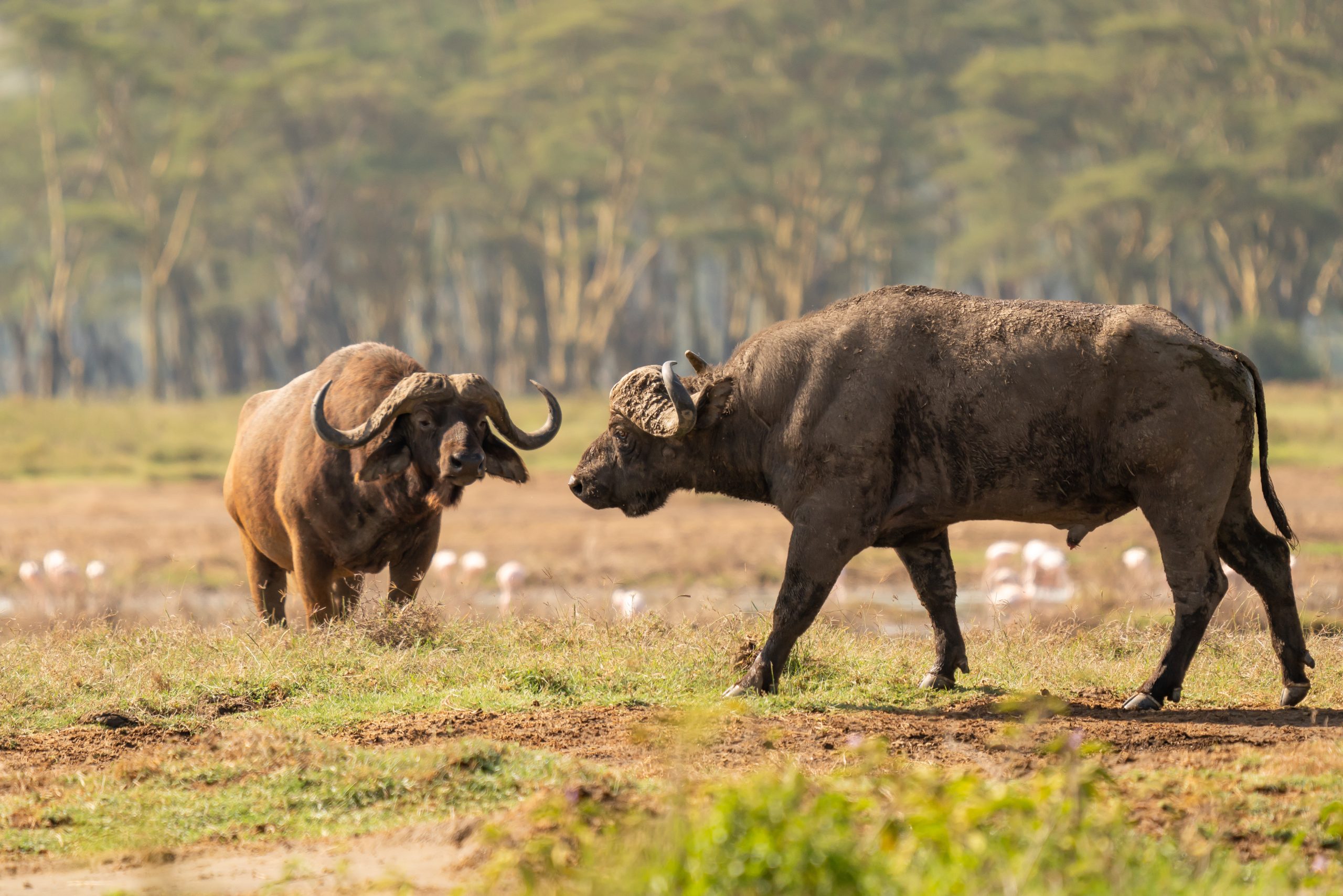
African buffalo is a large, robust herbivore that inhabits savannas and woodlands in sub-Saharan Africa. These animals have a complex social structure and rely on grazing for their survival, consuming grasses, herbs, and occasionally woody plants.
African buffalos play an essential role in maintaining the balance of their ecosystem by controlling the growth of grasses and creating clearings that promote the growth of other plant species.
7. Leafcutter Ants
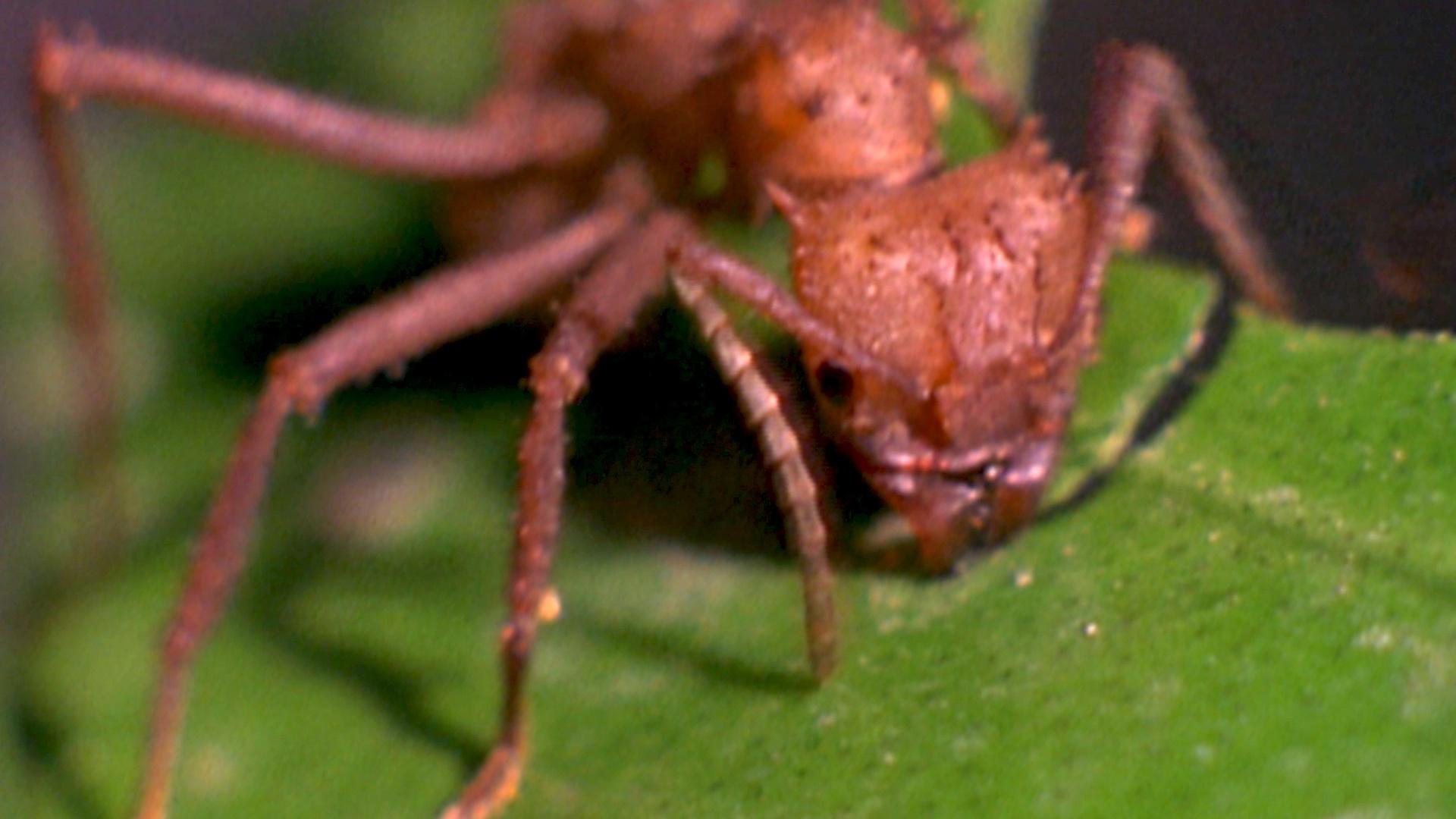
Leafcutter ants are fascinating creatures known for their complex social structures and incredible adaptations. These ants consume leaves, which they carry back to their underground nests and use to cultivate a specialized fungus that serves as their primary food source.
Leafcutter ants play a vital role in their environment by controlling the growth of vegetation and contributing to nutrient cycling through their fungal cultivation. Their foraging activities also aid in seed dispersal and promote the growth of various plant species.
8. Manatee
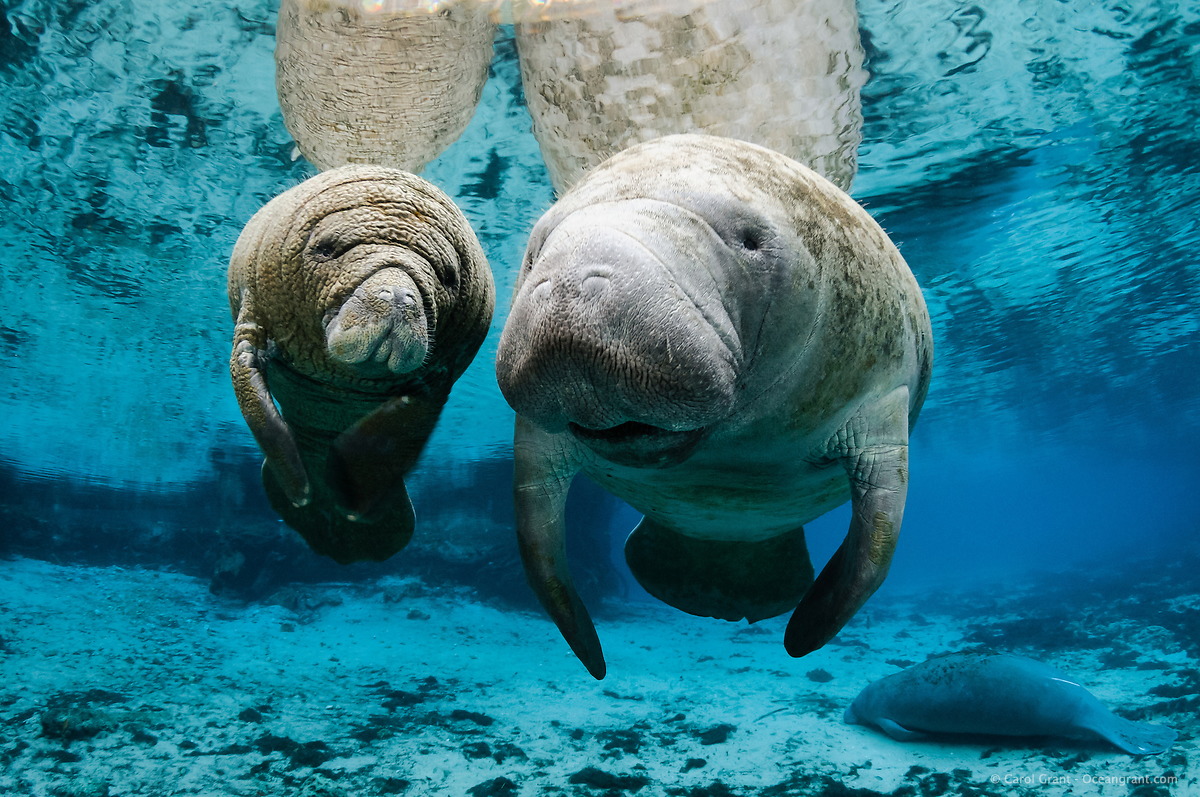
Manatees are gentle, slow-moving herbivores that inhabit shallow rivers, estuaries, and coastal areas in the Americas. They consume a range of aquatic plants, including seagrasses and freshwater vegetation, using their specialized molars to grind the tough plant material.
Manatees play an important role in maintaining the health of their ecosystem by controlling the growth of aquatic vegetation and serving as a food source for predators such as sharks and crocodiles.
9. Red Kangaroo

Red kangaroos are iconic Australian animals known for their impressive jumping ability and herbivorous diet. These marsupials consume grasses and other vegetation found in arid and semi-arid regions of Australia, relying on specialized microbes in their stomachs to break down the tough plant material.
Red kangaroos play an essential role in their environment by controlling the growth of vegetation and creating patches of bare ground through their grazing activities. These clearings promote the growth of other plant species and provide habitat for a variety of smaller herbivores.
10. Sea Turtle
Sea turtles are magnificent creatures that spend most of their lives in the ocean but rely on beaches and coastal vegetation for nesting. While they primarily feed on jellyfish, sea turtles also consume seagrasses and other marine vegetation.
Sea turtles play a crucial role in maintaining the health of their ecosystem by controlling the growth of seagrasses and contributing to nutrient cycling through their excrement. Additionally, their nesting activities promote the growth of beach vegetation and contribute to the overall health and diversity of coastal ecosystems.
Conclusion
Herbivorous animals are essential components of ecosystems worldwide, playing vital roles in maintaining the balance and diversity of plant and animal species. From the enormous African elephant to the tiny leafcutter ant, these creatures have adapted in remarkable ways to their plant-based diets. By consuming plants, herbivores control vegetation growth and promote the growth of other plant species, aid in seed dispersal, and contribute to nutrient cycling.
As humans, it is crucial that we recognize the importance of preserving the habitats of these incredible animals, as they are integral to the health and sustainability of our planet’s ecosystems. By protecting and conserving these habitats, we can ensure that future generations will be able to appreciate the beauty and wonder of these magnificent herbivorous creatures.